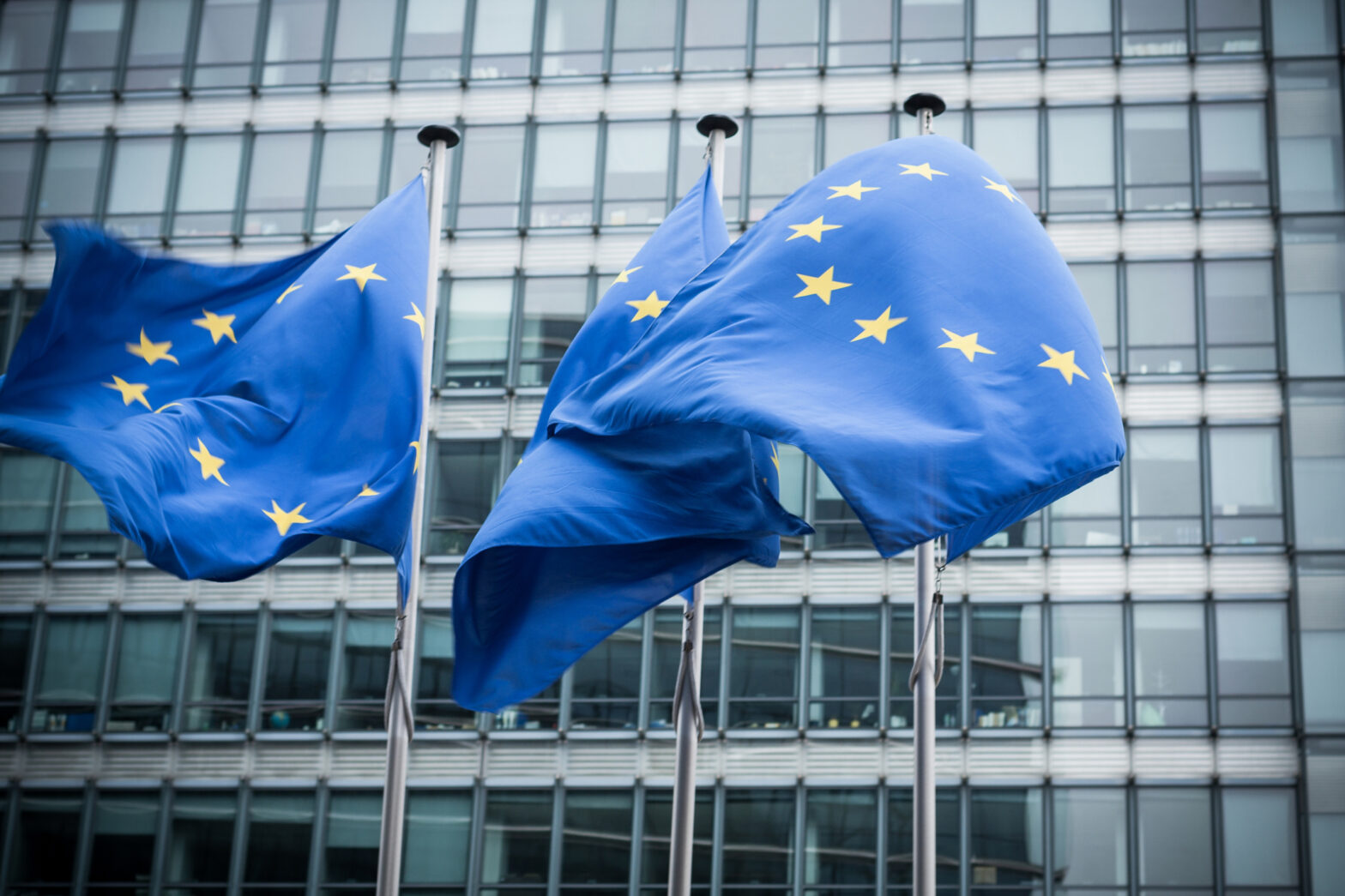A new high-tech business is founded every hour in the UK said the Chancellor Philip Hammond in his Autumn Budget speech. His pledge to invest more than £500 million in a range of initiatives from AI to 5G and full fibre broadband is part of a strategy to ramp up the rate in which these businesses are founded to every half hour.
The UK is the birthplace of some of the most innovative emerging companies in the world, with London remaining a magnet for entrepreneurial talent. Even in the face of a looming Brexit where restrictions on free movement of both goods and people threatens to stymie the aspirations of overseas growth, British brands have all the ingredients to achieve commercial success despite the economic uncertainty.
It is of course encouraging to see that the government is putting in considerable investment into supporting tech operations from an operational perspective, but I believe they’re missing a fundamental trick by overlooking the importance of investing in businesses from a consumerist viewpoint.
For the last ten years, the retail scene has been beleaguered by lacklustre sales, prompted mainly by the credit crunch but deepened significantly by its lack of innovation and inability to keep up with the digital behemoths. More needs to be done to digitialise the high street and enhance the e-commerce experience using social strategies that make the browse-to-buy process both engaging and seamless.
There is no better example of the way in which technology drives and facilitates retail sales than in the way China deals with Singles Day. Since it was conceived in 2009 as a shopping bonanza specifically for lovelorn singletons, the event has grown fast to become the biggest shopping festival ever, dwarfing the collective revenues of both Black Friday and Cyber Monday. E-commerce behemoth Alibaba’s approach to the phenomenon of ‘new retail’ – a strategy that involves using technology to radically optimise China’s $4 trillion retail market – is a best in class example, from which the West should learn from.
Harnessing the power of brand influencers, employing live streaming tactics that enable purchases to be made in real time, and using the e-commerce space as an opportunity to cross-sell has enabled China’s digital retail industry to flourish like nothing before. According to sales analysis by Alibaba, Singles Day sales have exponentially risen over the past seven years. In 2016, sales were up 32 per cent from the previous year alone and in November 2017, Singles Day had generated a record-breaking revenue of $25.3 billion.
Where British wages have stagnated, China’s burgeoning population of middle class consumers is growing, alongside its proportion of ultra rich. According to UBS and PWC, China gets a new billionaire every 5 days, while the number of middle class consumers is expected to hit 550 million by 2022.
This represents a uniquely interesting opportunity for British businesses seeking to reach out to the new and independently wealthy Chinese consumer – whether they be expats living in the UK or indeed consumers residing in mainland China. Of all the international trade relationships that UK has in play, its particular relationship with China will be critical to the country’s economic growth, post-Brexit.
There is an advantage. British institutions, businesses, talent and products continue to remain indisputably desirable to international consumers – not least the Chinese. It is probably why the lure of ‘Brand Britain’ has attracted considerable overseas investment over recent years. Whether, however, it is best poised to stay an attractive and relevant trade partner to one of the biggest economic powers of the world and respond efficiently to the vast commercial opportunity at hand remains to be seen.
Alibaba, China’s tech giant, announced it is investing $15 billion to innovate its platform for an AI led retail proposition. From a technological perspective, the UK can nowhere near match such an investment in R&D to fuel this level of innovation at breakneck speed. But what it can do is get the elementary basics right. This involves tightening up e-commerce propositions so the shopping experience is slicker; it requires a deep understanding of how marketing content is consumed (by Chinese consumers) and how this heavily influences purchasing decisions; and it demands a crucial sensitivity to the cultural differences between the Chinese and British – right from social customs to the way in which business is conducted.
This is no mean feat. Fail to do this and you, at best, waste time and money failing with ineffective campaigns. Do this badly, and you’ll cause offence, not to mention untold damage to your brand. You only need to look Nike’s limited edition Air Force 1 trainer, launched to commemorate Chinese New Year to understand that, when done wrong, campaigns of this kind can be both patronising and alienating to the very demographic you are trying to woo and embarrassing to the brand at hand. This particular example is doubly ironic because the specially embroidered character on the back of the left shoe, “Fa” – which translates as “getting rich”, and the character embroidered on the back of the right shoe, “Fu” – translating as “fortune arrives” actually means “getting fat” when the characters are combined together. That kind of messaging is not a good look for a sports brand.
One of the most important things that British businesses must do as part of their strategic engagement with China is to leave all previous misconceptions about who the Chinese are and what they like at the door. President Xi Jinping has worked hard at cultivating the kind of “soft power” that Britain takes for granted in order to garner international prestige, and this has meant distancing itself slowly from the copycatting, mass manufactured “Made In China” badge it has become bequeathed with to reinforcing a fresher image – one that posits it as a world innovator and a formidable economic power with an ever-growing population of discerning consumers. China is, if you like, undergoing a ‘consumption upgrade’. These are consumers that favour quality, luxury, authenticity and exclusivity over value and the mass-produced.
This shift is, in many ways, causing somewhat of a design revolution in bricks and mortar retail signage. Where Chinese brands have previously given little regard to brand differentiation through visual assets, commercial competition has flourished. Effective branding has since become a persuasive tool for attracting custom.
All the usual mechanics for driving brand engagement still of course rings true – having compelling design, a meaningful brand narrative communicated via engaging storytelling, and the leveraging of influencers remains some of the vital commandments to follow in not just captivating Chinese consumers but all consumers in general. Furthermore, although British brands have gone to great effort to abandon the hackneyed visual clichés of “Brand Britain”, many Chinese consumers still have affection for these old visual indicators. Ditching these altogether would harm the emotional connection that many Asian consumers have for quintessential Britain. Instead, British brands must emphasise and communicate their provenance in ever more engaging ways. It is, afterall, precisely because of its Britishness – a label that not only comes with all the valuable equity of provenance, craftsmanship and quality but also encompasses the indelible quirks and eccentricities of what it means to be ‘British’ – that really makes it so beguiling and attractive to the Chinese consumer. British businesses must play to this strength.
Finally, western brands must develop online content that brings these narratives to life. Five years ago, if you were a retail business, you had to have bricks and mortar to have a shot at being a success in China. Today, Chinese consumers like to shop on their smartphones and on the go. Live streaming has become a powerful marketing tactic used by retailers and fashion brands like Michael Kors, who streamed a live fashion show across its platforms that enabled consumers to shop in real time while they watched the event. Influencers like bloggers have likewise been using live streaming technology in their review of products, providing an additional avenue for consumers to familiarise themselves with a brand and instantly shop. In fact, live streaming has become such a phenomenon in China, it’s now predicted to be an industry worth $5 billion. Virtual reality has compounded this space too; Macy’s, for example, used virtual reality so that online shoppers can ‘walk’ through their store and make purchases.
For British brands to respond to the opportunity at hand, they must be both digital savvy and ready. This doesn’t mean just upscaling an e-commerce platform to incorporate all the latest AI and VR bells and whistles. But at the very basic level, it means ditching the half-hearted pixelated thumbnail product images, facilitating swift multi-platform processes from browsing to transaction and exercising with proper regard the power a digital presence may wield in driving meaningful engagement, winning consumer loyalty and delivering sales.
For now, trends are pointing towards an increasingly intuitive retail experience driven by technology. Imagine a world where brands and retailers become so attuned to the wants and needs of their consumer that they are able to promote relevant wares simultaneously across both physical and virtual platforms, carry out transactions quickly and then conveniently dispatch the goods to their customers’ doorstep within minutes – thus eliminating the need to carry shopping bags at all. It’s a big vision that China is virtually on the cusp of realising. British brands must likewise be bold and visionary in its outlook for the retail of tomorrow. Whatever this might be, the on and offline worlds must fuse together if it’s to ever resonate with consumers and achieve longevity.
James Hebbert is UK managing director of Hylink, China’s largest independent digital advertising agency.






